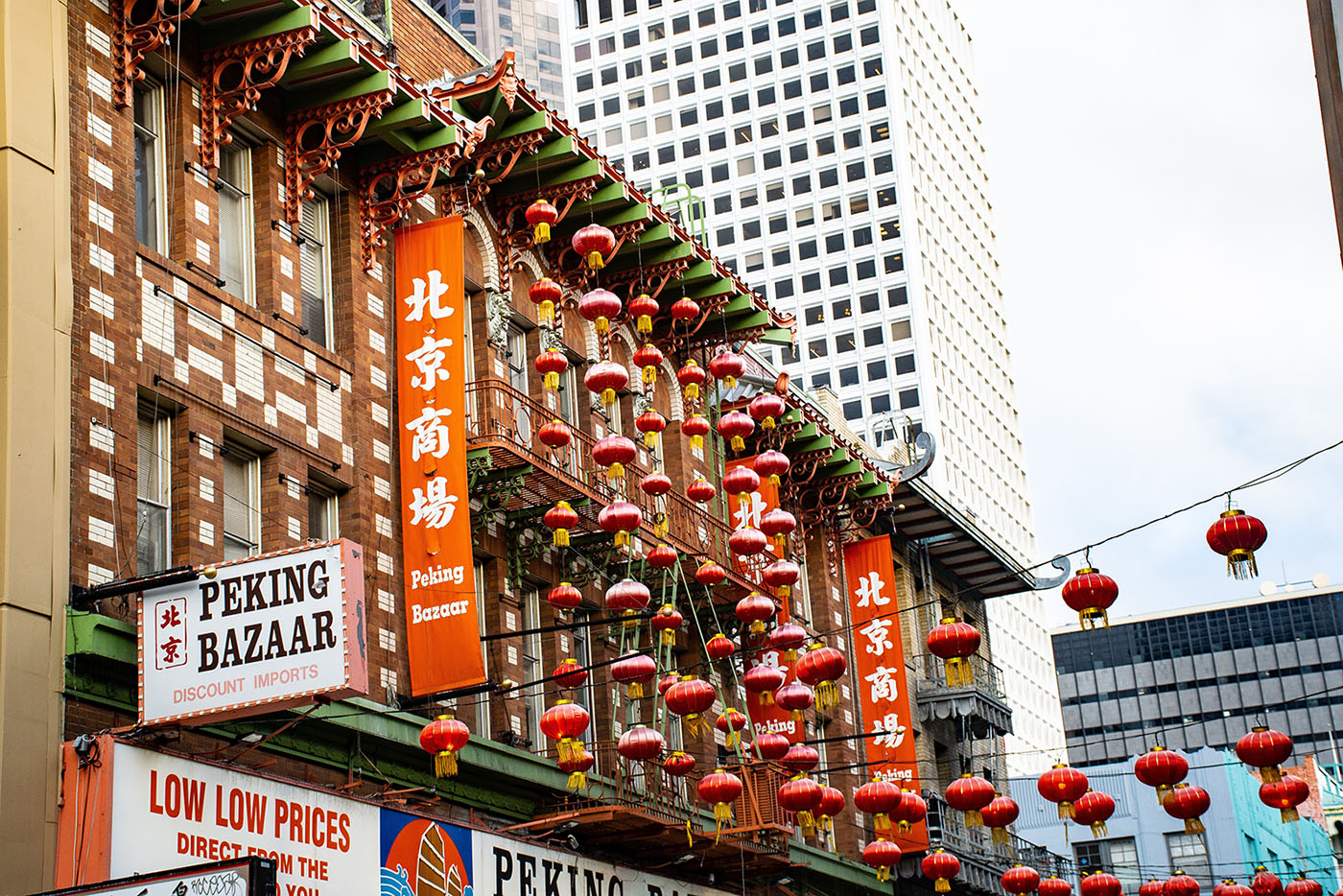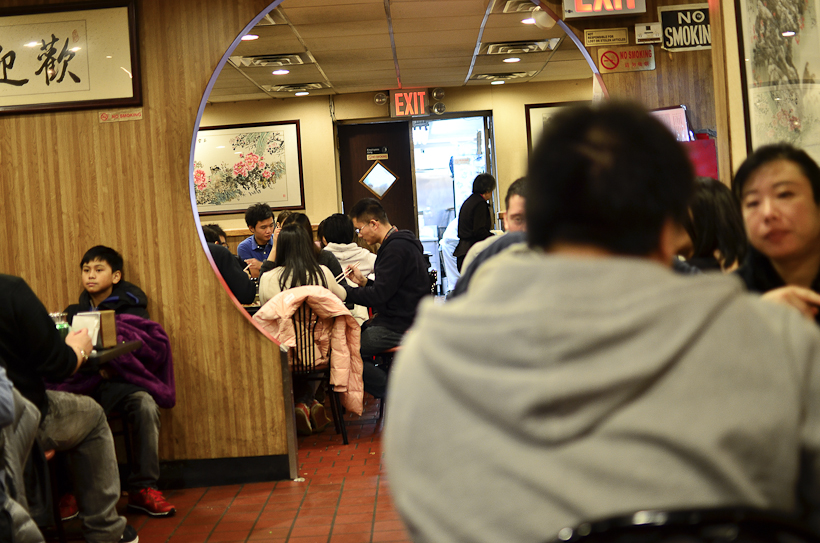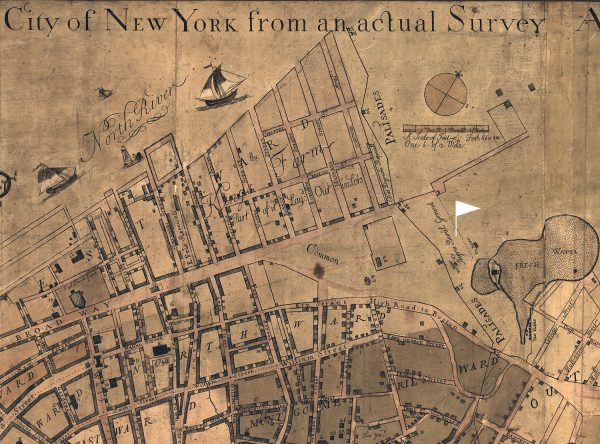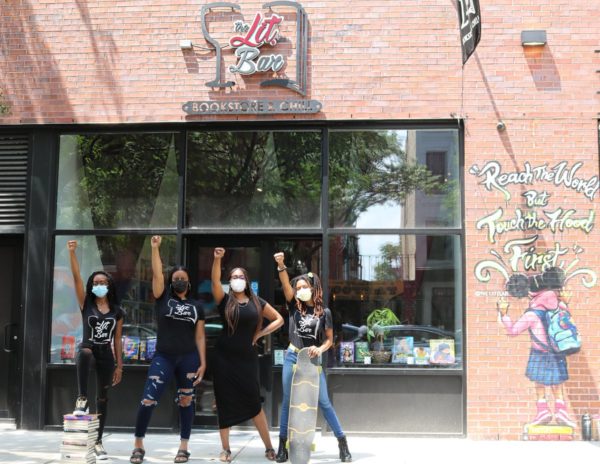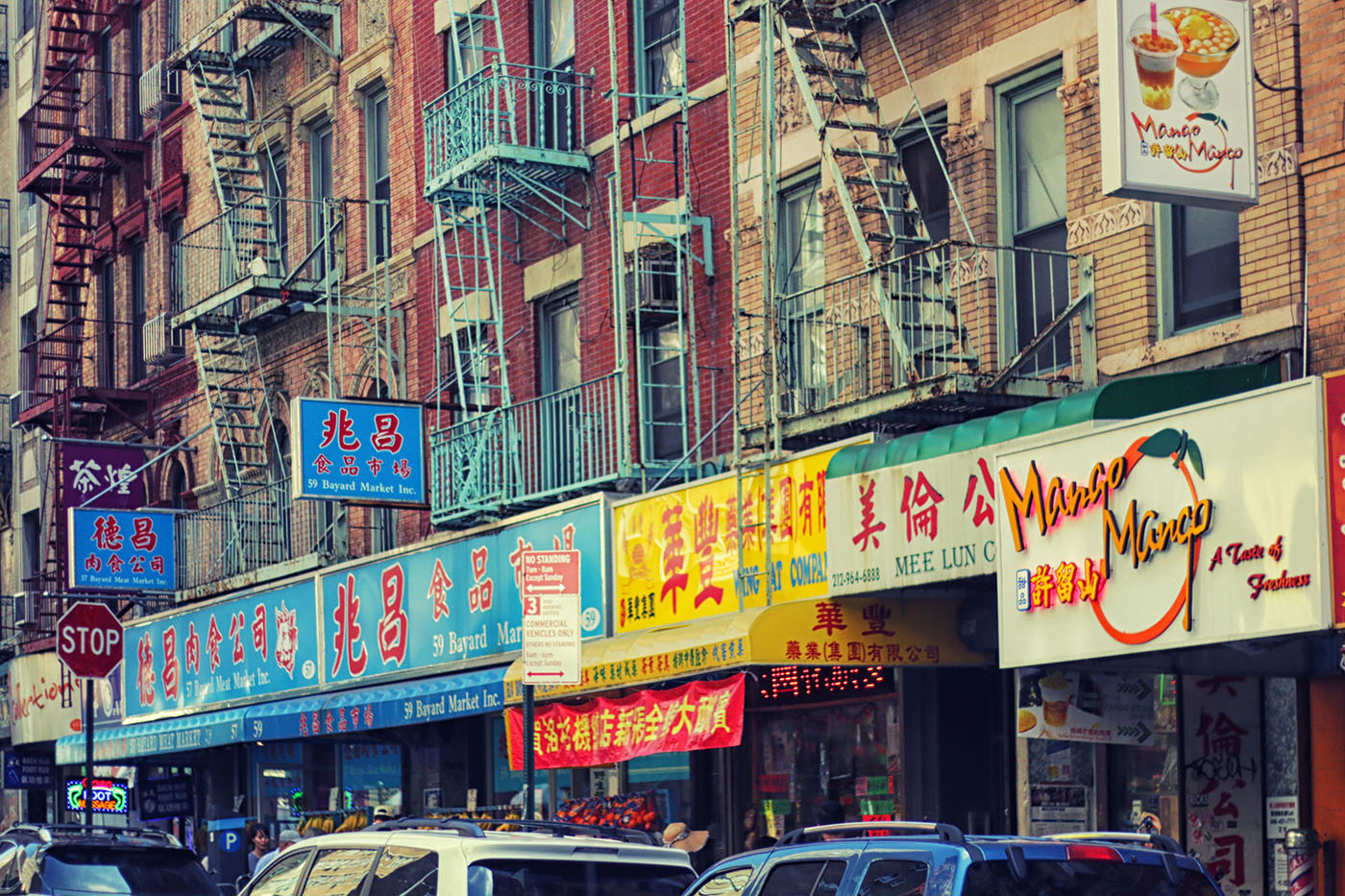
If You Want Authenticity, Visit NY’s Chinatown
For tourists looking for a cultural experience in New York, Chinatown remains one of the city’s most authentic neighborhoods. The community is a holdover from a time when the city was divided up into ethnic enclaves separated by languages, not streets. Despite change and gentrification all around, Chinatown has retained its feel. When you step into the area, the trendy sterility of Soho melts away and you are hit with the sights, sounds and smells of Hong Kong. But in an area that is worth billions of dollars to developers, how has New York’s Chinatown survived and thrived the gentrification push that has swallowed up other communities all over the country? Here are five reasons why this slice of NY remains authentic and a must visit destination for tourists.
1. The Community Owns the Land
Back in the 60s and 70s, before the economic boom and the yuppies, the tightly knit Chinese community began to buy properties in the area. Years ago, the Chinese Consolidated Benevolent Association, a group that represents about 5 dozen organization, gobbled up close to 60 buildings in the heart of Chinatown. Those structures, in many instances, are used to house the elderly on upper floors and street level mom and pop shops. They also run several community gathering spaces. But the real key is that because there are so many people with shares in the buildings, it is nearly impossible to sell off the properties.
2. Nobody Ever Leaves
Because the rents are controlled and remain affordable, people don’t leave. The community has built a sustainable system that supports residents in every facet of their lives so there is no reason to do business any place else. Also there really is no place for many of the inhabitants to go. The outrageous real estate prices in the city make it impossible for many to move to another area, borough or city.
3. People Keep Coming
In the 60s and 70s, the area was populated with immigrants from Hong Kong who spoke Cantonese. Today the push is coming from the mainland with Mandarin speaking newcomers. There are dozens of employment agencies in Chinatown connected with Chinese businesses across the country, but especially the eastern seaboard. So an immigrant with no papers, english language skills or relatives can still get all the help needed once they set foot in the US.
4. We Go For The Food
The food in Chinatown is why most tourists visit, and there is a new generation adapting the old culinary traditions with the new. Once upon a time you couldn’t get dim sum after 2 p.m. in Chinatown, now its the norm. And many restaurants have added wine lists and other amenities that will appeal to the changing demographics of diners. Today you will find the area dotted with Thai, Vietnamese and Chinese cuisine from other regions of the country. The changes have pushed away some traditionalist who want authentic Chinese food but it has also attracted an audience that helps keep these eateries competitive in the New York culinary scene.
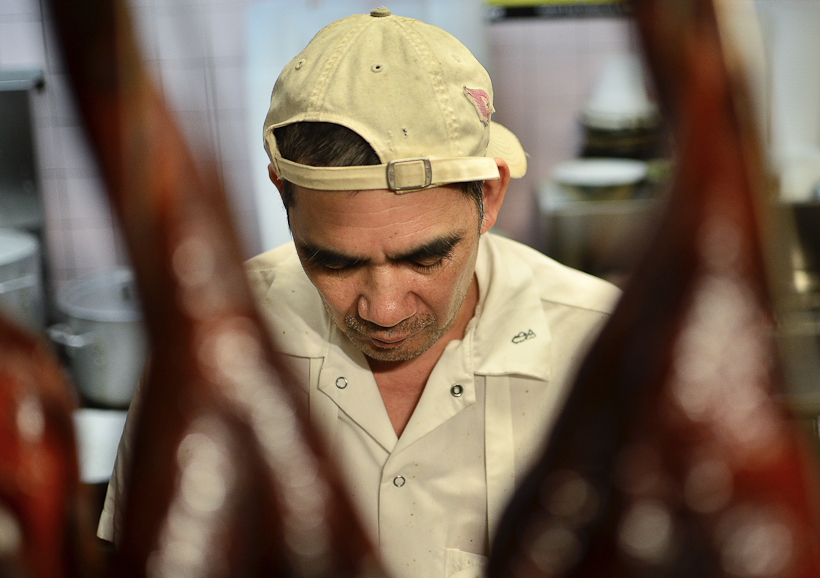
5. It’s Still The Hub for The Asian Community
Even after they leave Chinatown, many of the immigrants still make regular trips to the area to do banking, conduct other business and eat. It is also a gathering place for special events, holidays and celebrations. Chinatown will always be a comfort zone for the Chinese community and as it adapts to the changing times it will not leave behind the heritage that makes it unique.
If you are in New York, TravelCoterie thinks Chinatown is a must. It will give you a glimpse into another culture, but more importantly is a reminder that once upon a time in this country community came first. In Chinatown, it still does.
